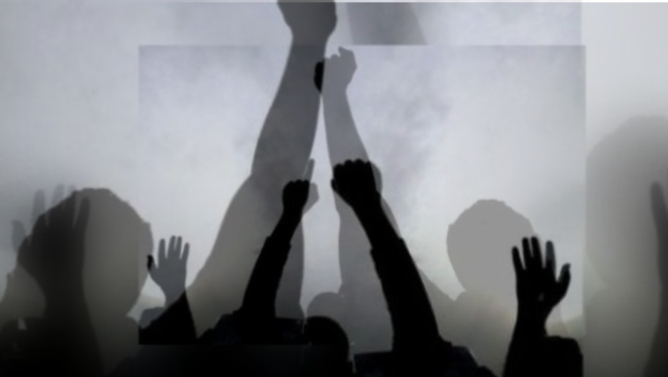Historian compares civil rights protests, then and now
Douglas Brinkley, a Rice University history professor and author, whose works include books about the late civil rights icons Rosa Parks and Dr Martin Luther King Jr., discusses differences between the 1960s civil rights protests and those of today: Then: Protests fueled by Christian credos with a soundtrack of gospel music and spirituals.

- Country:
- United States
Douglas Brinkley, a Rice University history professor and author, whose works include books about the late civil rights icons Rosa Parks and Dr. Martin Luther King Jr., discusses differences between the 1960s civil rights protests and those of today:
Then: Protests fueled by Christian credos with a soundtrack of gospel music and spirituals.
Now: “More raw anger" in the streets, but with hip hop and other current music as the soundtrack.
Then: Nonviolence. King once was punched in the face on stage, took the blows, and urged that the white man not be charged. Now: Protesters more militant, “no one's going to tolerate a punch in the face” without responding.
Then: Black demonstrators supported by white people opposed the Vietnam War.
Now: Black demonstrators supported by others frustrated by the pandemic and economy.
Then: Civil rights leaders felt the sympathy of Presidents Lyndon B. Johnson and John F. Kennedy. Now: President Donald Trump “mimics the language” of '60s white supremacists about protesters.
Then: Activists such as three young men, two of them white, murdered 56 years ago this week in Mississippi's Freedom Summer, could suddenly disappear.
Now: Social media and cellphones provide quick calls for help; cell phone cameras can make police abuses “go viral.”
(This story has not been edited by Devdiscourse staff and is auto-generated from a syndicated feed.)
ALSO READ
Love him or loathe him - can jurors be fair to Donald Trump?
Asian American Republican Coalition endorses former president Donald Trump in Nov election
Tax Day reveals a major split in how Joe Biden and Donald Trump would govern
FACTBOX-The legal troubles of former US President Donald Trump
US: Donald Trump appears on first day of trial in New York court in hush money case










